I get asked the “To Cloud or Not to Cloud” question quite often. The answer is easy – it depends! I usually get a better reaction than when I give that answer to my kids. It leads to a discussion of the question’s context spanning business, technology, organization, and more. While the conclusion of each discussion depends on the specifics, they typically navigate a few common barriers to cloud adoption.
The most common hurdle is trust. It summarizes a number of well-justified concerns related to security, service level delivery, loss of control, compliance, etc. Cloud environments, whether on-premise, public, or hybrid, are early in their maturity. The combination of shared infrastructure, virtualization, automation, and delegation while powerful, creates a challenge in building trust. This can be a true blocker in some use-cases, for example, in financial services or health services. In other cases where this is a hurdle, our experience at Skytap shows there is a lot of opportunity to find paths which derive incremental value while building trust.
Another typical barrier, although easier to overcome than the trust barrier, is clarity of economic advantage versus alternatives. This is not so much an issue when the use-case is a new startup or project when the cost of spending capital on new infrastructure and staff and the benefits of not doing that are typically clear. It is usually an issue when the incremental cost in continuing to leverage existing IT investment is poorly quantified (for e.g., because it is incurred across a number of different organizational unit budgets). If this is compared against a pay-per-use cloud solution without any cost management mechanism, the economic visibility is cloudy enough to become a barrier. If the cloud solution provides good cost containment and management mechanisms, however, it may just be the right strategic choice. It can be a step in a proactive strategy to regain visibility into IT costs and to develop a services model of IT delivery.
Other concerns do get raised such as support for an existing application portfolio or connectivity to mainframe-based applications, but these are increasingly not barriers with advanced cloud solutions. The bottom-line, just check out Skytap!
